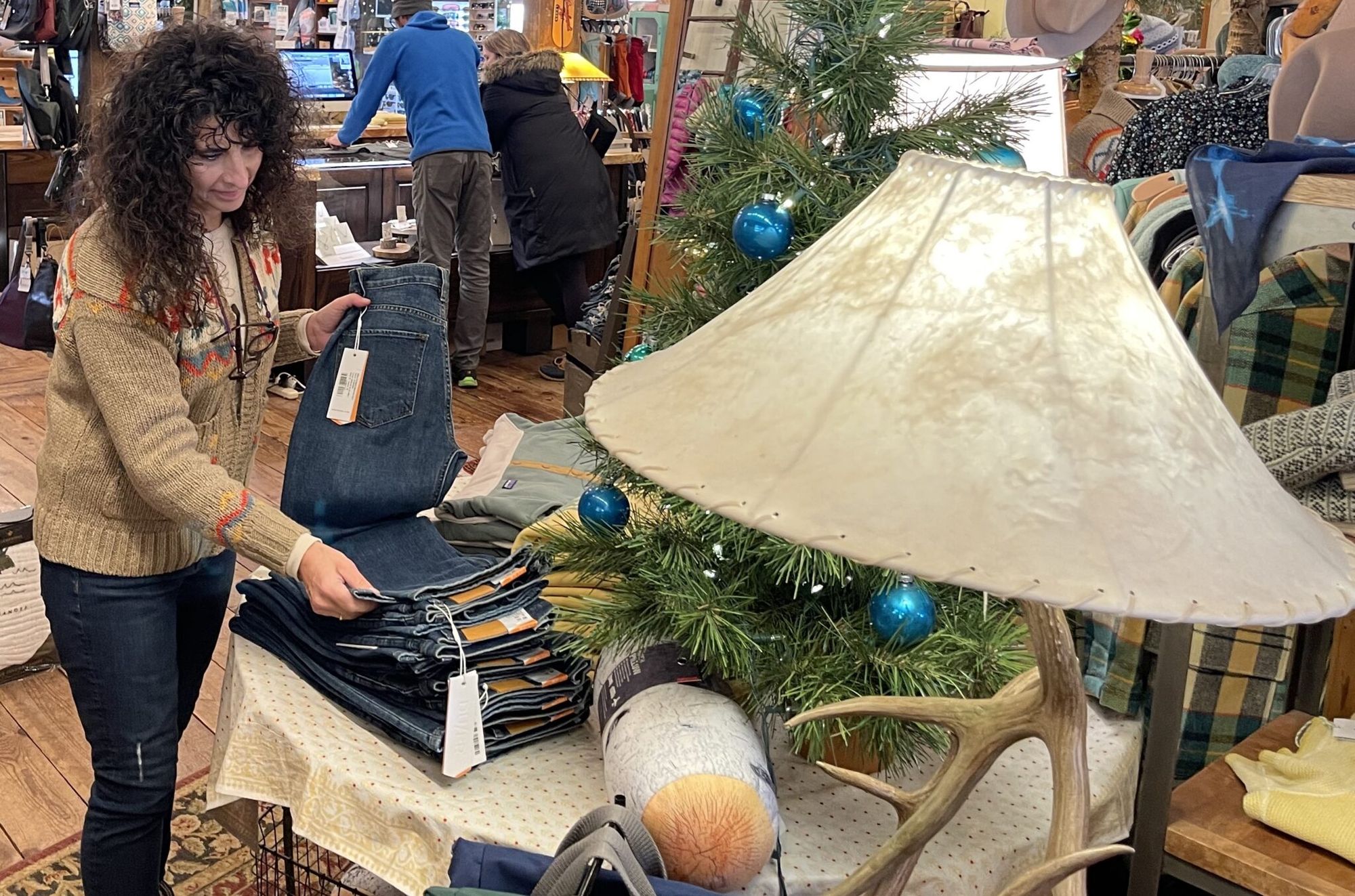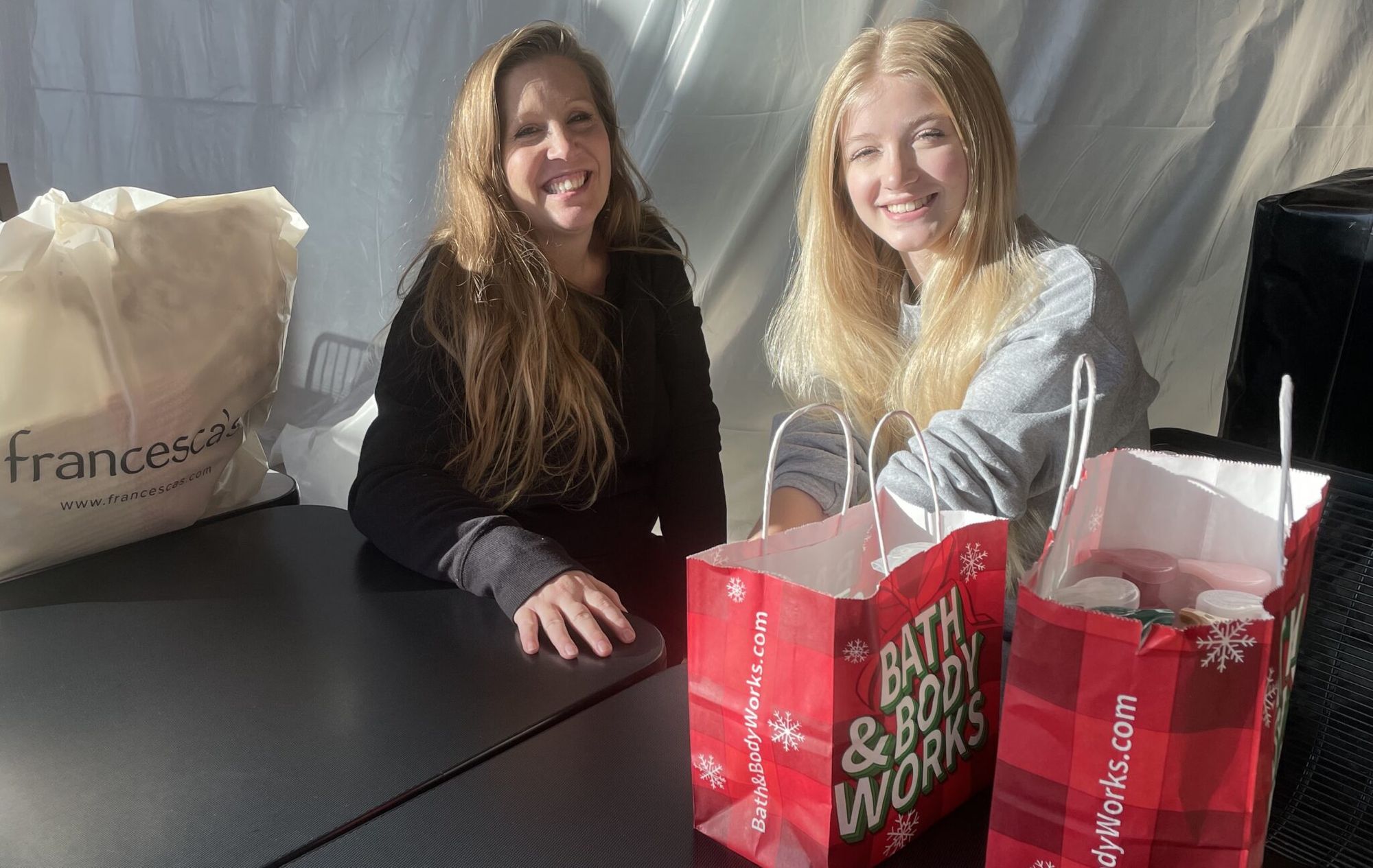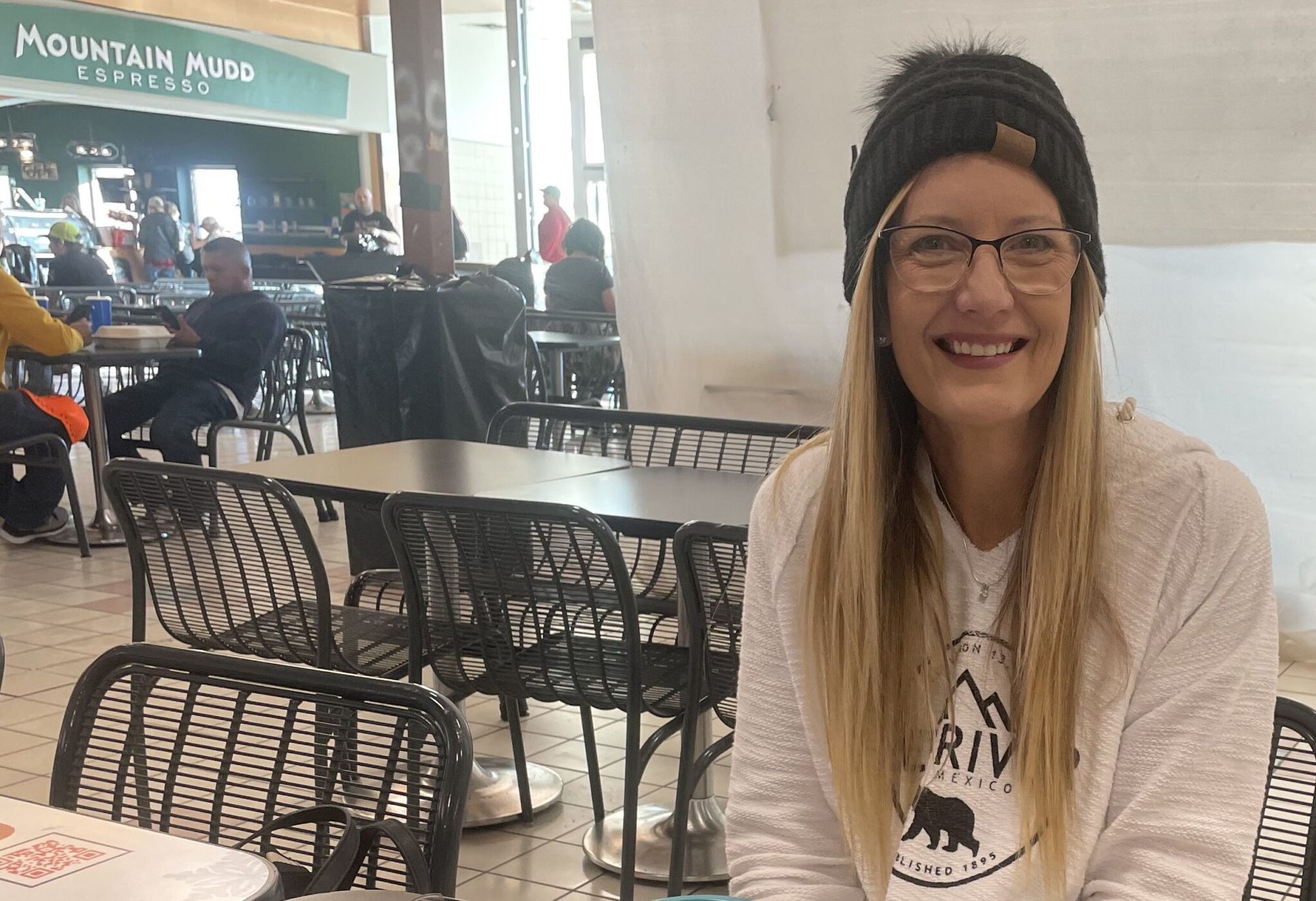South Dakota retailers hope to take advantage of a national trend toward increasing in-store shopping this holiday season by enhancing customer experience and blending online offerings into their business model.
An annual survey by the National Retail Federation and Prosper Insight & Analytics found that of an estimated 115 million Americans who planned to shop this year on Black Friday (the day-after-Thanksgiving retail extravaganza), 67% expected to shop in person, up from 64% in 2021.
That modest increase could be partly attributed to fewer COVID-19 infection concerns and, according to South Dakota shoppers interviewed by News Watch, a growing desire to reconnect with family and friends through shared enjoyment of in-person shopping at a time when retailers across the state are taking steps to improve the overall in-store experience.
The in-person uptick goes against the conventional wisdom that brick-and-mortar shopping faced a dire outlook in recent years due to the rise of digital retail giants such as Amazon and the shift in emphasis among many retailers toward online sales.
“When I took this job four years ago, the narrative was the death of retail, online is going to take over,” said Nathan Sanderson, executive director of the South Dakota Retailers Association. “But what we’ve seen for decades, even centuries, is that retail is in a constant state of evolution. What I think you’re seeing right now is a real hybrid between online shopping and in-person shopping. Online is going to continue to be with us, but that doesn’t mean it’s happening to the exclusion of what’s going on in stores.”
Retail stores had reason to be concerned as the COVID-19 pandemic coincided with rising interest in online shopping among Americans over the past few years.
According to the U.S. Census Bureau’s Annual Retail Trade Survey, e-commerce sales increased nationally by $244.2 billion or 43% in 2020, the first year of the pandemic, rising from $571.2 billion in 2019 to $815.4 billion in 2020.
Helping to level the playing field for in-person retailers was South Dakota v. Wayfair, a 2018 U.S. Supreme Court decision that nixed the requirement that a seller have a physical presence in a state to be forced to collect and remit sales taxes to that state. Requiring e-commerce sites to pay the same tax rate as in-store retailers reduced some of their competitive pricing advantage, Sanderson said.

“I don’t think the impact (of the court ruling) can be overstated,” he said. “If you don’t have to pay sales tax, that’s a 4.5% difference between the price of a product online as opposed to a (physical) store, and that’s significant.”
A national inflation rate of 7.75% in November has helped boost sales tax revenue, but retailers are keeping an eye on the percentage increase between overall sales tax and remote sales tax reported by online sellers.
According to the South Dakota Board of Revenue, revenue from sales, use and excise taxes increased by 13.8% from 2020 to 2021, while remote sales tax revenues rose 22.6% during that period.
Seeking balance rather than outright competition between those revenue streams is part of what Sanderson calls the “hybridization” of online and brick and mortar shopping.
The combination of buying online and in-person is the latest example of retail trends changing, he said, “from open-air markets to general stores to department stores to shopping malls, and now online retail and the resurgence of Main Street. There’s always this evolutionary process, and we’re continuing to see that.”

Improving the in-store experience
On the afternoon of Nov. 18, there was a palpable pre-holiday buzz at the Great Outdoor Store in downtown Sioux Falls. Owner DeAnn Echols moved swiftly among recently strung Christmas lights, chatting up customers and sorting merchandise while trying to focus on a winter outdoor sports kickoff sale that night at the Washington Pavilion.
The specialty outdoor store does online sales, but its website is mainly for regional customers who can’t make the trip to Sioux Falls. Since moving into the former Rock Island Depot building in 2009, DeAnn and her husband, James, have focused on in-store service to those seeking brands such as Patagonia or North Face as well as camping and rock-climbing necessities.
“Being able to try things on, touch and feel them, see the exact color, watch what another person is interested in to get ideas for gift-giving, you can’t do any of those things online,” DeAnn Echols said. “Many of the products we sell are somewhat technical or specific to a certain sport or activity, so it’s great to be able to talk to someone who has used that product or has experience or training within that activity. It’s about the personal touch.”
The Great Outdoor Store was temporarily closed to in-person business for about six weeks in March and April of 2020 after COVID-19 hit, but they still allowed people to purchase and pick up orders by appointment. The momentum of the business – providing apparel and equipment for outdoor activities – wasn’t affected as much as others during the pandemic because people were tired of isolation and looking for ways to explore the outdoors.
For most retailers, though, maintaining social distance during COVID-19 led to ramping up online avenues for customers, whether that meant curbside pickup at big-box stores or expanded remote options and contactless payment at grocery stores. Businesses learned to use social media more efficiently to be part of the community conversation and provide updates to customers.
Much of that progress translated to post-pandemic behavior, with businesses maintaining an online presence by necessity. But attention turned to the in-person experience when people started leaving their homes and returning to boutiques and booksellers, seeking the sort of shopping excursion that a computer, for all its convenience, cannot provide.
Uptown Rapid, formerly the Rushmore Mall in Rapid City, features Bar K-9, an indoor dog play center and beer and wine bar as part of a renovation under shopping center investment firm RockStep Capital, which took ownership of the Rapid City mall in 2021. There’s also Happy Hills Painting, which combines “professionally led painting classes with a high-energy environment and a few drinks.”
“People are looking not just for shopping, but for camaraderie and engagement,” said Sandy Brockhouse, general manager of Uptown Rapid, adding that women’s clothing store Böhme offers customized group shopping experiences with a personal assistant. “We get people coming out from the four-state area to do some weekend shopping and have some fun.”

Balancing camaraderie and convenience
On Nov. 20, Erica Berghammer and her 15-year-old daughter, Elizabeth Kvanvig, carried bags from Bath & Body Works and the upscale clothing store Francesca’s after completing a shopping trip to Uptown Rapid.
They were in good spirits after spending a Sunday afternoon on a mother-daughter shopping trip. The communal aspect of in-person shopping is a big reason they sometimes eschew online buying, Berghammer said. They feel freer to be out and about these days now that the pandemic has waned, she said.
“We like to shop because we also like to go to lunch and get coffee,” said Berghammer, 42. “It’s something to do together.”
But Berghammer said she utilizes the convenience of online shopping frequently and uses coupons, pricing deals and free shipping to save money. She’s able to buy home goods online and accrue Kohls’ Cash coupons that provide discounts and sometimes free merchandise which she can have delivered or pick up at the Rapid City store.
As a girl about to turn 16, Kvanvig said the convenience and ease of shopping online are also incentives for her to shop by phone. “You can do it from your bed at home,” she said with a smile. “You don’t have to get up and get ready to go out.”

Kym Hop of Rapid City said she tries her best to shop in person at local stores to support businesses run by people who she considers her neighbors.
“I’m willing to pay a little bit more for things on the local level,” said Hop, 57. “I grew up in Kansas in a small town, so my thinking is always to give back to locals and because we want to keep our city amazing for our business people that are trying to manage within the world of Amazon.”
Like many people, Hop also shops online for convenience and to get better deals, especially on products that might be less accessible in the local community. For example, Hop said her husband recently saved money by buying her a Fitbit health monitor from Amazon.
More often, though, especially now that the COVID-19 pandemic has eased, Hop tries to support Rapid City retailers by shopping in person at local stores. The social, familial aspects of taking a shopping trip are also big reasons Hop likes to shop in person, she said.
“We’re really back to normal in how we’re getting out and getting together,” said Hop, who is married with two adult children who will visit during the holidays. “My husband likes to come along because we have a goofy, funny family, and I love to see people while we’re out, to run into people I don’t usually see.”
-– News Watch reporter Bart Pfankuch contributed to this report.




